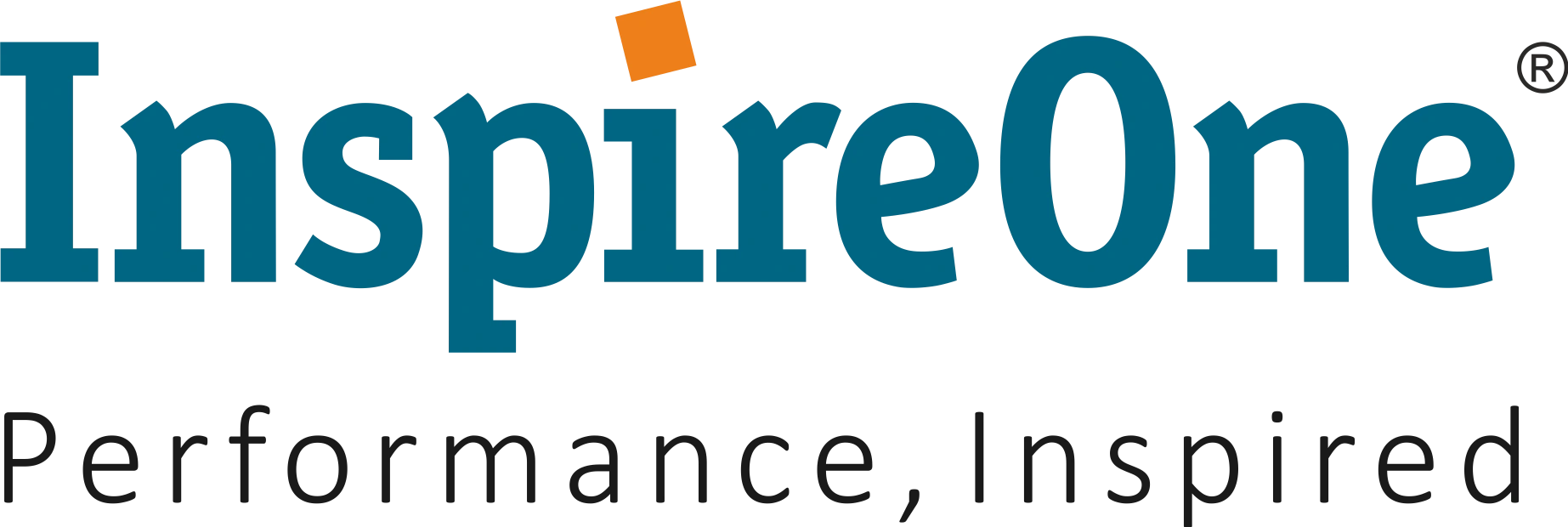For generations, conversations about women’s empowerment, their reintegration into the workforce, their ascent to leadership roles, and even the women’s reservation bill have often dwelled on the periphery of mainstream discourse. This marginalization can be attributed, in part, to the distinct hurdles that women encounter in an evolving, patriarchal society. However, it is equally important to recognize that women themselves sometimes downplay their challenges and the relentless effort they invest in gaining visibility, voice, and recognition. The landscape is shifting rapidly, with women and organizations undergoing transformation, driven by the recognition of the substantial business value women bring to the table. Nevertheless, there remain aspects we must address to ensure that discussions about women in leadership no longer remain separate from discussions about men in leadership.
The Empirical Case for Women in Leadership
Research provides compelling evidence of the advantages of having women in leadership positions:
- Emotional Intelligence: Women excel in 11 of the 12 major emotional intelligence characteristics, making them adept at understanding and navigating workplace emotions, which enhances team dynamics and decision-making.
- Financial Returns: Companies with a higher representation of women on their boards have reported a remarkable 53% higher return on equity, underscoring the financial benefits of gender diversity at the top.
- Profitability: Firms transitioning from having no female leaders to a 30% representation of women in leadership roles have experienced a 15% increase in profitability. This unequivocally demonstrates the positive impact of gender diversity on an organization’s bottom line.
The Challenge of Gender Disparity
Despite these undeniable benefits, gender disparity remains a persistent issue in leadership roles:
- Only recently we have started witnessing women in leadership in Fortune 500 companies, with a mere 10% representation.
- Just one in every four C-suite leaders is a woman.
- The pervasive “broken rung” problem means that for every 100 men promoted from entry-level to manager, only 87 women receive the same promotion.
- Women leaders frequently grapple with microaggressions that undermine their authority, such as having their ideas attributed to others or being underestimated.
“The Great Breakup”
McKinsey in their Women in the Workplace 2022 report said that, in response to their continued contributions being met with insufficient recognition and growth prospects, we are now witnessing what can be termed as “The Great Breakup.” Women are leaving organizations in unprecedented numbers when their expectations are not met, further depleting the leadership pipeline for these organizations. Reasons often include workplace inflexibility (women leaders are twice as likely as men leaders to be mistaken for someone more junior), facing stronger headwinds from men, and feeling their efforts are not adequately recognized (43% of women leaders report feeling burned out, compared to only 31% of men at their level). Notably, 49% of women leaders now prioritize flexibility when deciding to join or stay with a company, compared to 34% of their male counterparts.
Beyond Work
It is crucial to remember that, in addition to their professional roles, women traditionally bear the responsibility for managing household logistics, regardless of their employment status. Women at all levels are significantly more likely than men to shoulder the burden of family housework and caregiving, a discrepancy that is particularly pronounced among those in leadership positions.
The Road Ahead
Despite the challenges, young women are increasingly ambitious, with 58% stating that career advancement has become more important to them in recent years. They also prioritize work-life balance and seek leaders who embody this equilibrium.
Organizations must continue to build an inclusive environment, acknowledging the heavy load of work and home management, be aware and sensitive toward women’s unique health issues at different life stages and recognise them for their true potential.
Moreover, women themselves must also overcome the “imposter syndrome” and continuously work on building their self-confidence. Being aware of one’s self-destructive emotions and addressing them is a pivotal first step. Women leaders should also focus on building their personal brand and strengthening their influencing power.
While India has made progress in gender parity, it still faces challenges, especially in economic participation and opportunity, with only 36.7% gender parity achieved in this domain (Gender Gap Report, 2023).
At InspireOne, we understand these challenges. Based on our experience with women leaders nationally and globally, we have developed a robust women leadership development solution, titled SHINE – She Inspires, to support mid-level women leaders curated to address the needs of a women leader. Visit the webpage to learn more about how we can help empower women in leadership roles.
In conclusion, women in leadership roles bring invaluable skills and perspectives to the table. As we work collectively to remove barriers and promote gender equality, we pave the way for a future where discussions about women in leadership are not separate but integrated into the mainstream narrative of leadership and progress.







